Apple has introduced a new health feature in its latest watchOS update—hypertension notifications. Designed to help users spot patterns of high blood pressure early, this feature is available on recent Apple Watch models and works in the background. Here’s everything you need to know: how it works, who can use it, and how to set it up.
What Is It?
The hypertension notifications feature uses the Apple Watch’s optical heart sensor to monitor subtle signs in how your blood vessels respond to your heartbeats. Over a 30-day period, the watch analyzes heart data to detect potential patterns that might suggest chronic high blood pressure (hypertension).
If such patterns are found, the watch sends a notification. It does not measure blood pressure directly (like with a cuff), but serves as an early warning system. When you receive a notification, Apple encourages you to follow up with more traditional blood pressure measurements using a cuff and share results with a healthcare professional.
Which Watches Support It
To use this feature, your watch must meet certain compatibility requirements:
- Apple Watch Series 9, Series 10, or Series 11
- Apple Watch Ultra 2 or Ultra 3
- Must be running watchOS 26
- Must be paired with an iPhone 11 or newer, running the compatible iOS
The feature is not supported on Apple Watch SE models.
Who Can Use It
Besides needing the right hardware and software, there are some health and age criteria:
- You should be 22 years or older
- You must not be pregnant
- You must not already have a diagnosed case of hypertension
These restrictions help ensure the feature is used by people for whom early detection makes sense and avoids confusing people who already manage high blood pressure.
How to Turn It On
If your devices meet the criteria, setting up hypertension notifications is fairly straightforward:
- Open the Health app on your iPhone.
- Tap your profile in the top-right corner.
- Find and tap Health Checklist.
- Tap Hypertension Notifications.
- Confirm your age and whether you’ve been diagnosed with hypertension in the past.
- Follow the prompts to learn how the notifications work.
- Finish setup by tapping Done.
After setup, the watch begins gathering data. But you won’t get any alerts right away—it needs that 30-day data period to build enough baseline signal to assess patterns.
What Happens When You Get a Notification
If the Apple Watch detects a pattern it considers suggestive of hypertension:
- You’ll receive a notification on your Watch.
- You’ll be prompted (via your iPhone) to maintain a Blood Pressure Log using a third-party cuff for at least 7 days.
- The log includes measurements both in the morning and evening. You’ll enter systolic and diastolic values in the Health app.
- The idea is that using a standard measuring device confirms or rules out high blood pressure.
- If the readings are high, talking to a healthcare professional is strongly recommended.
Limitations & Important Notes
- The feature is not a medical device; it does not diagnose high blood pressure or replace professional testing.
- Some users with hypertension may not receive alerts. The absence of a notification does not guarantee normal blood pressure.
- The feature should not be enabled if pregnancy is active in your Health profile.
- Accuracy depends on consistent usage of the watch (wearing it often enough), wrist detection enabled, and high-quality heart sensor data.
- After enabling, background processing and data gathering may use more battery or require more frequent watches being worn and synced.
Why It Matters
Hypertension is often called a “silent killer” because many people don’t realize they have it until more serious health problems occur. By alerting users to possible underlying issues earlier, this feature could help many start taking monitoring or treatment earlier, potentially reducing long-term risks.
Because this feature is available on relatively recent Apple Watch models, many users can benefit without needing to buy the latest hardware. It’s part of a broader trend of health-related smart-watch tools becoming more sophisticated and preventative.
Final Tip
If you opt in, make sure your Apple Watch is worn properly (snug on your wrist, clean sensors), wrist detection is turned on, and the watch is regularly synced with your iPhone. Also, don’t ignore alerts: use a traditional blood pressure cuff to confirm, track results in the app, and consult with a doctor for interpretation.

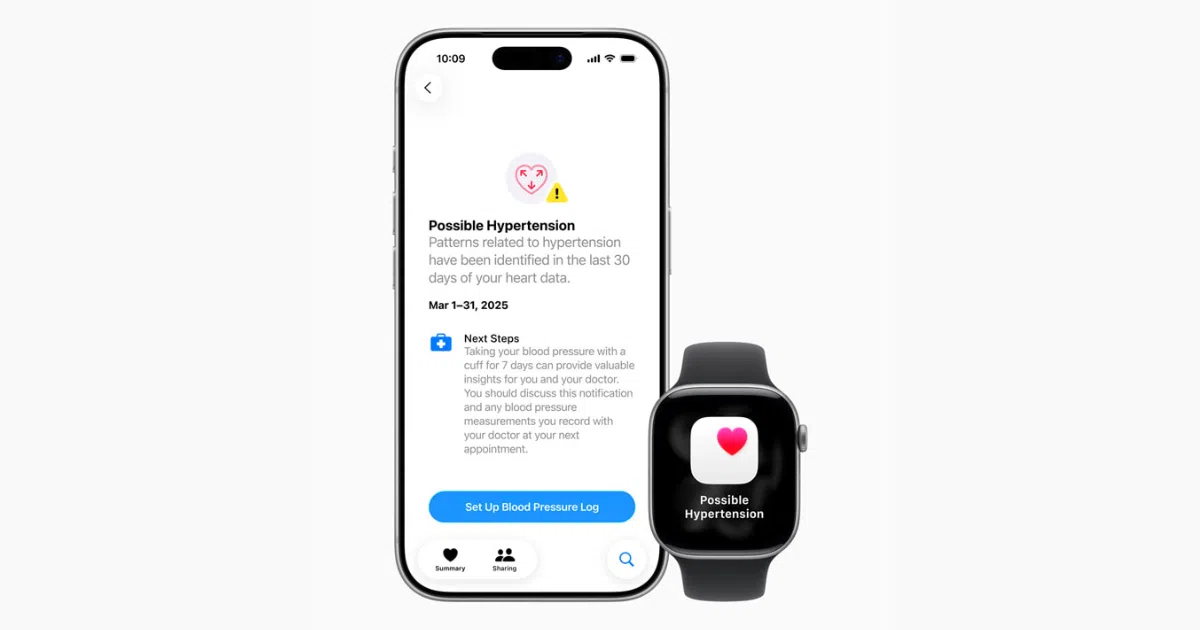
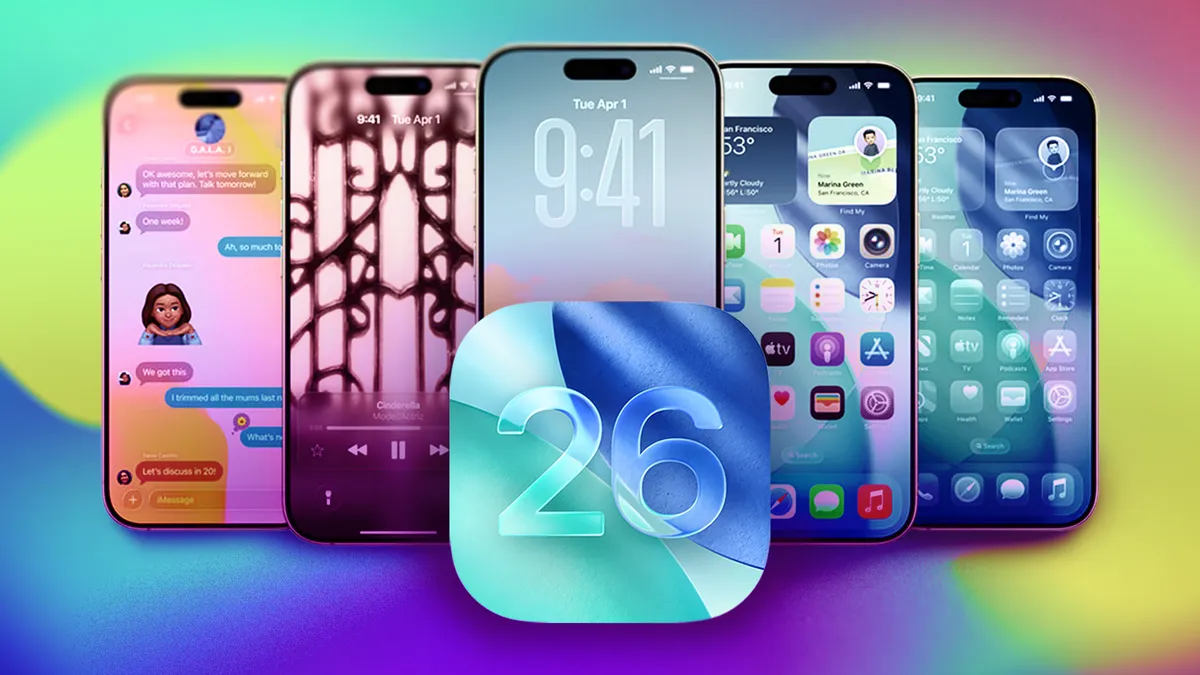

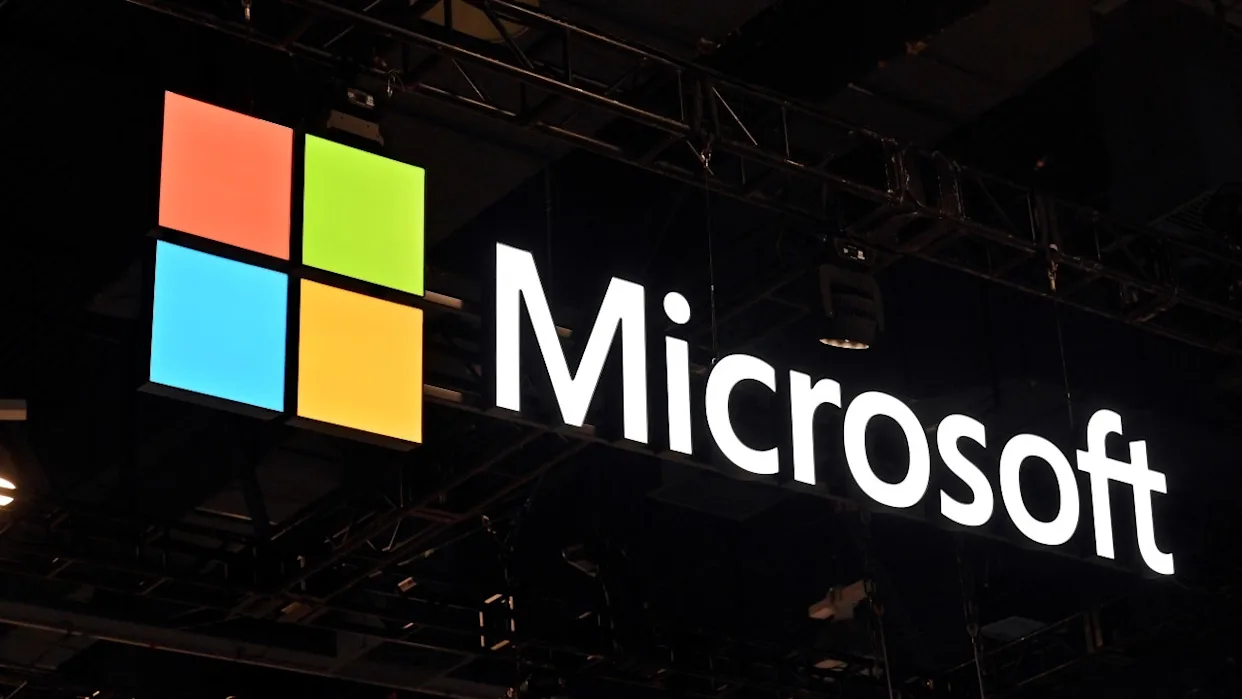



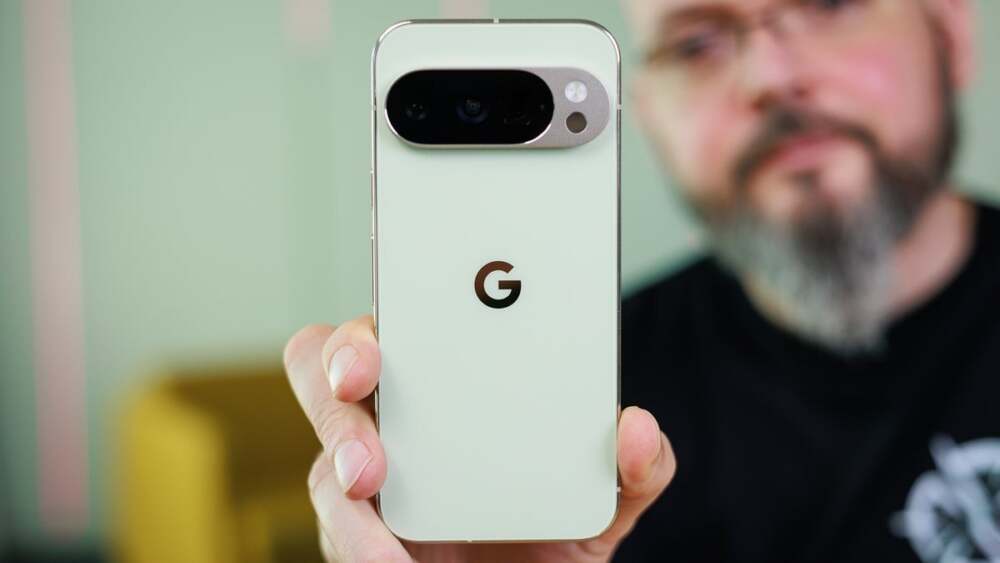

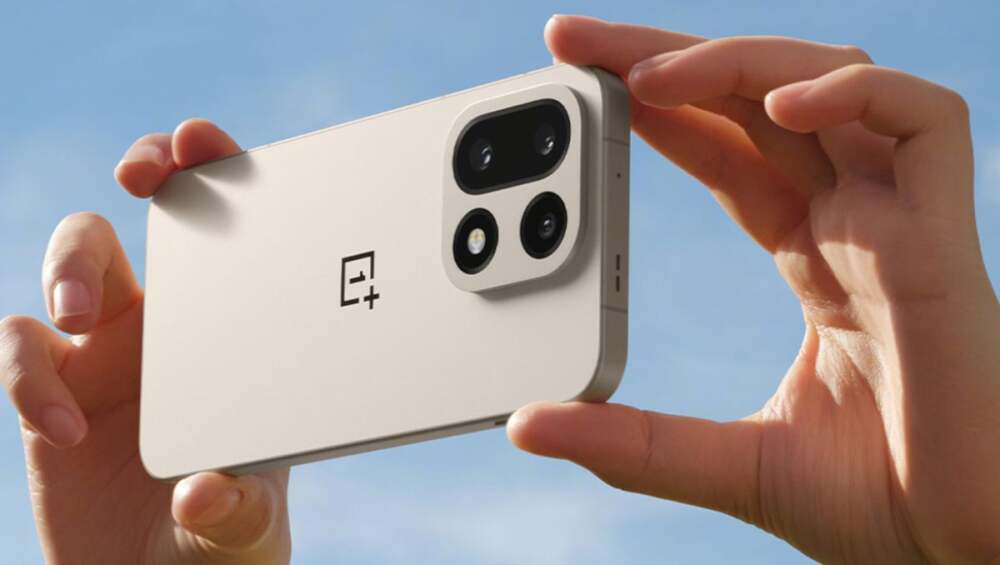
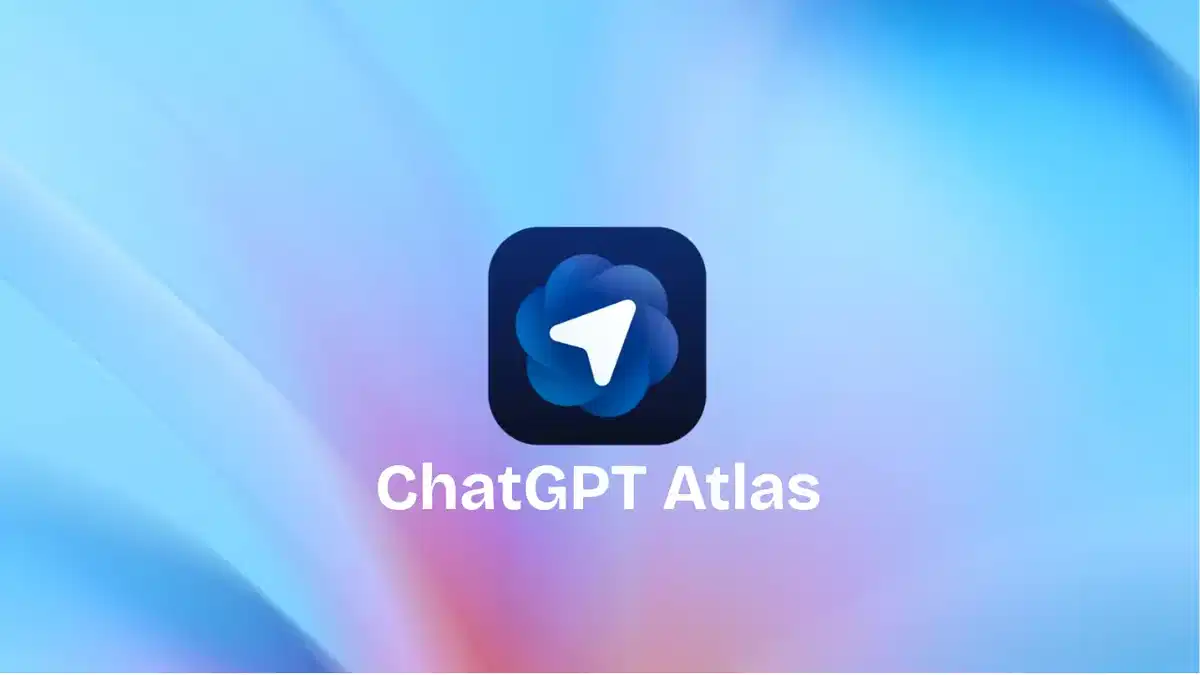




Leave a Reply